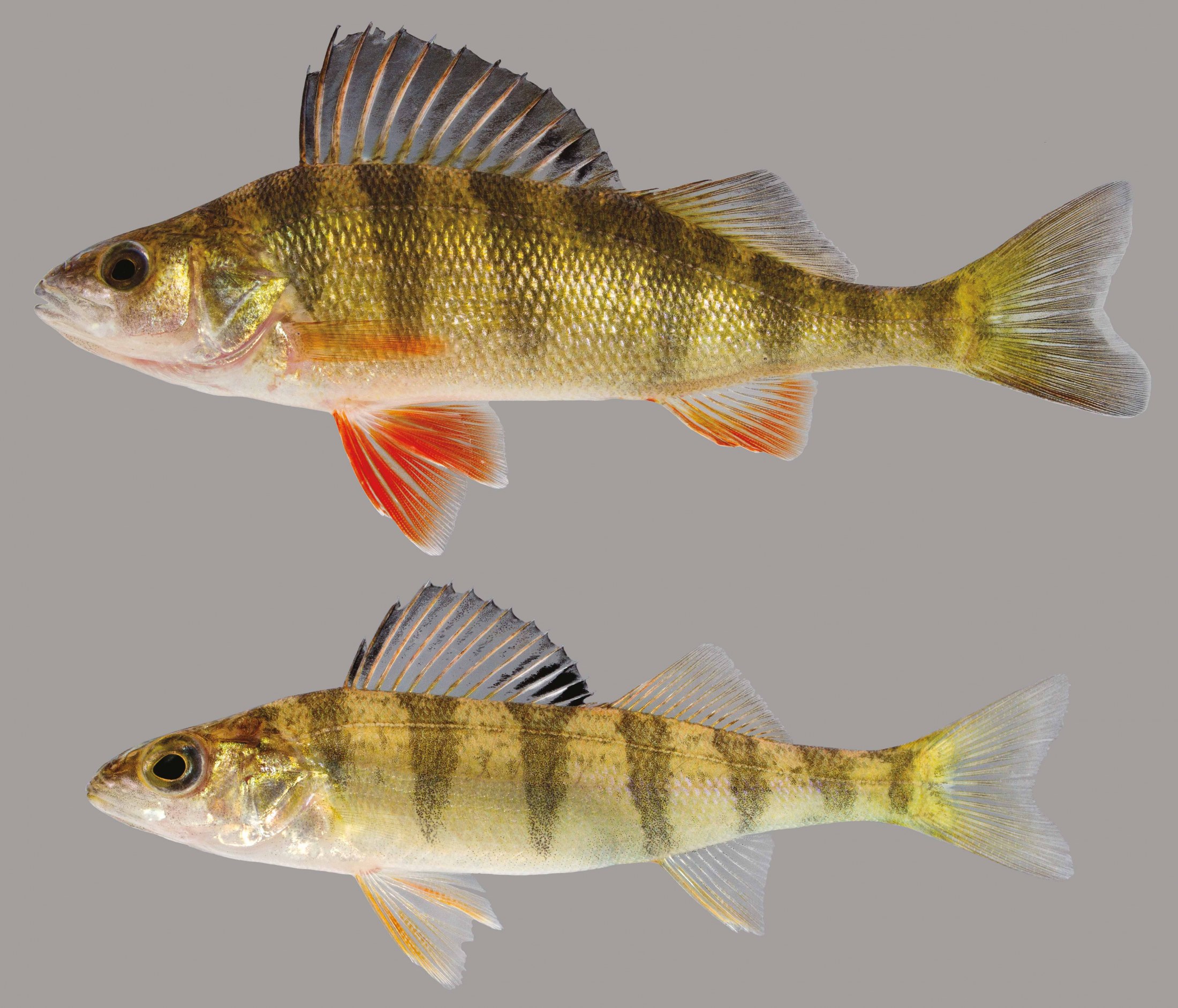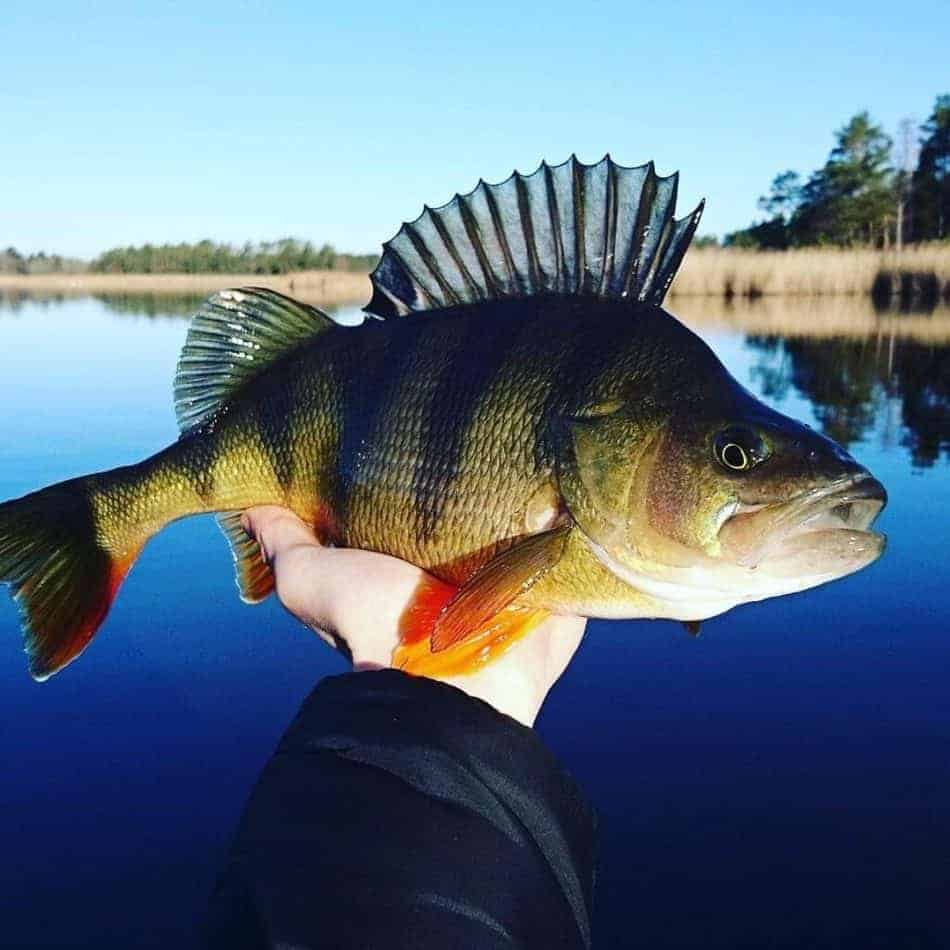Perch Fish Biology

Perch fish, belonging to the family Percidae, are a diverse group of freshwater fish species renowned for their vibrant colors and captivating behaviors. They inhabit a wide range of aquatic ecosystems, from clear streams and tranquil lakes to murky rivers and coastal waters. Perch fish exhibit a fascinating array of physical characteristics and behaviors, making them a captivating subject of study for both anglers and scientists alike.
In the tranquil depths of the cerulean lake, the perch fish darted with an elusive grace, its silvery scales shimmering like a thousand tiny stars. Like a skilled basketball player executing a masterful floater ( floater basketball meaning ), the perch fish seemed to glide effortlessly through the water, its fins propelling it with precision and finesse.
As it disappeared into the shadowy depths, it left behind a ripple that gently disturbed the serenity of the lake, a testament to its fleeting presence.
Physical Characteristics
Perch fish typically possess elongated, laterally compressed bodies, allowing for efficient movement through water. Their dorsal fins are often divided into two distinct sections, with the anterior portion supported by spines and the posterior portion composed of soft rays. The anal fin is typically located opposite the second dorsal fin. Perch fish have large, protruding mouths, equipped with sharp teeth for capturing prey. Their scales are generally ctenoid, meaning they have a comb-like edge, providing a rough texture to their skin.
In the serene depths of the azure sea, perch fish navigate with grace, their movements reminiscent of a delicate basketball floater. Just as the floater gently arcs through the air, so too do perch fish glide effortlessly through the water, their fins propelling them with a quiet elegance.
And as the floater finds its mark in the hoop, so too do perch fish find sustenance amidst the coral reefs, their keen eyes and swift reflexes ensuring a successful catch.
Behavior
Perch fish are generally active predators, exhibiting territorial and aggressive behaviors. They are known to form schools, often consisting of individuals of similar size and age. During spawning season, males establish and defend territories, attracting females for mating. Perch fish are opportunistic feeders, consuming a wide variety of prey, including insects, crustaceans, small fish, and even other perch. They are known for their voracious appetites and are often considered to be apex predators in their respective ecosystems.
The perch fish, a silver-scaled denizen of our coastal waters, often shares its habitat with its flatfish cousin, the sole fish. While the perch darts through the water column with agile grace, the sole lies in wait on the sandy bottom, its mottled skin providing camouflage from predators.
Yet, despite their contrasting lifestyles, both fish play vital roles in the marine ecosystem, their interconnectedness a testament to the delicate balance of nature.
Species Diversity
The family Percidae encompasses a diverse array of perch fish species, each with its unique traits and characteristics. Some of the most common and well-known species include:
- Yellow Perch (Perca flavescens): A widely distributed species found in North America, known for its bright yellow coloration and black vertical bars.
- Walleye (Sander vitreus): A highly prized sport fish with a distinctive glassy eye and olive-green coloration.
- Sauger (Sander canadensis): A close relative of the walleye, with a more elongated body and a mottled brown coloration.
- European Perch (Perca fluviatilis): A common species found throughout Europe and Asia, known for its reddish-brown coloration and dark vertical bars.
Habitat and Feeding Habits, Perch fish
Perch fish are highly adaptable and can be found in a wide range of aquatic habitats. They prefer areas with clear water and abundant vegetation, which provide cover and food sources. Perch fish are opportunistic feeders, consuming a variety of prey, including insects, crustaceans, small fish, and even other perch. They are known for their voracious appetites and are often considered to be apex predators in their respective ecosystems.
Perch Fish in the Ecosystem
Perch fish play a crucial role in the aquatic food chain. They are voracious predators, feeding on a variety of smaller fish, insects, and crustaceans. This predation helps to control populations of these prey species, preventing them from overpopulating and damaging the ecosystem. In turn, perch fish are preyed upon by larger fish, birds, and mammals, providing a food source for these higher-level predators.
Perch fish also interact with other species in their environment in various ways. They compete with other fish species for food and habitat, and they can also be territorial, defending their nests and young from intruders. Perch fish can also be beneficial to other species, providing shelter and food for smaller fish and invertebrates.
Impact on Water Quality and Ecosystem Health
Perch fish can have a significant impact on water quality and ecosystem health. Their predation on smaller fish helps to control populations of these species, which can reduce the amount of algae and other plant life in the water. This can improve water quality and make it more suitable for other aquatic organisms.
Perch fish can also help to aerate the water, which is beneficial for other aquatic life. They do this by swimming near the surface of the water and creating waves, which helps to mix the water and bring oxygen to the bottom of the lake or river.
However, perch fish can also have negative impacts on water quality and ecosystem health. They can overpopulate, which can lead to competition for food and habitat with other fish species. This can also lead to increased predation on smaller fish, which can disrupt the food chain and damage the ecosystem.
Perch Fish as a Food Source

Perch fish are a valuable food source for humans and other animals. They are a good source of protein, omega-3 fatty acids, and other nutrients. Perch fish can be caught using a variety of methods, including angling, spearfishing, and netting.
Nutritional Value
Perch fish are a good source of protein, with a single 3-ounce serving providing about 20 grams. They are also a good source of omega-3 fatty acids, which are important for heart health. Perch fish also contain other nutrients, such as vitamin D, selenium, and potassium.
Methods of Catching
Perch fish can be caught using a variety of methods, including angling, spearfishing, and netting. Angling is the most popular method, and it can be done from a boat or from shore. Spearfishing is another popular method, and it involves using a speargun to shoot fish underwater. Netting is a less common method, but it can be used to catch large numbers of fish.
Popularity as a Fishing Target
Perch fish are a popular target for both recreational and commercial fishing. Recreational anglers enjoy catching perch fish because they are relatively easy to catch and they provide a good meal. Commercial fishermen also catch perch fish, and they are sold fresh, frozen, or canned.
The perch fish, a freshwater species, is known for its distinctive yellow fins and striped body. Like a poster fish , the perch stands out with its vibrant hues and graceful movements. Its presence in a lake or river is a testament to the health of the ecosystem, as it thrives in clean and oxygenated waters.
The perch fish is a beloved catch for anglers and a culinary delight for foodies, its delicate flavor and versatility making it a favorite on dinner tables worldwide.
Perch fish, a freshwater species known for its delicate white flesh and mild flavor, has been a culinary staple in many cultures for centuries. With its versatility in cooking methods, from pan-frying to baking, perch fish offers a wide range of culinary possibilities.
For more information on this popular fish, visit perch fish.